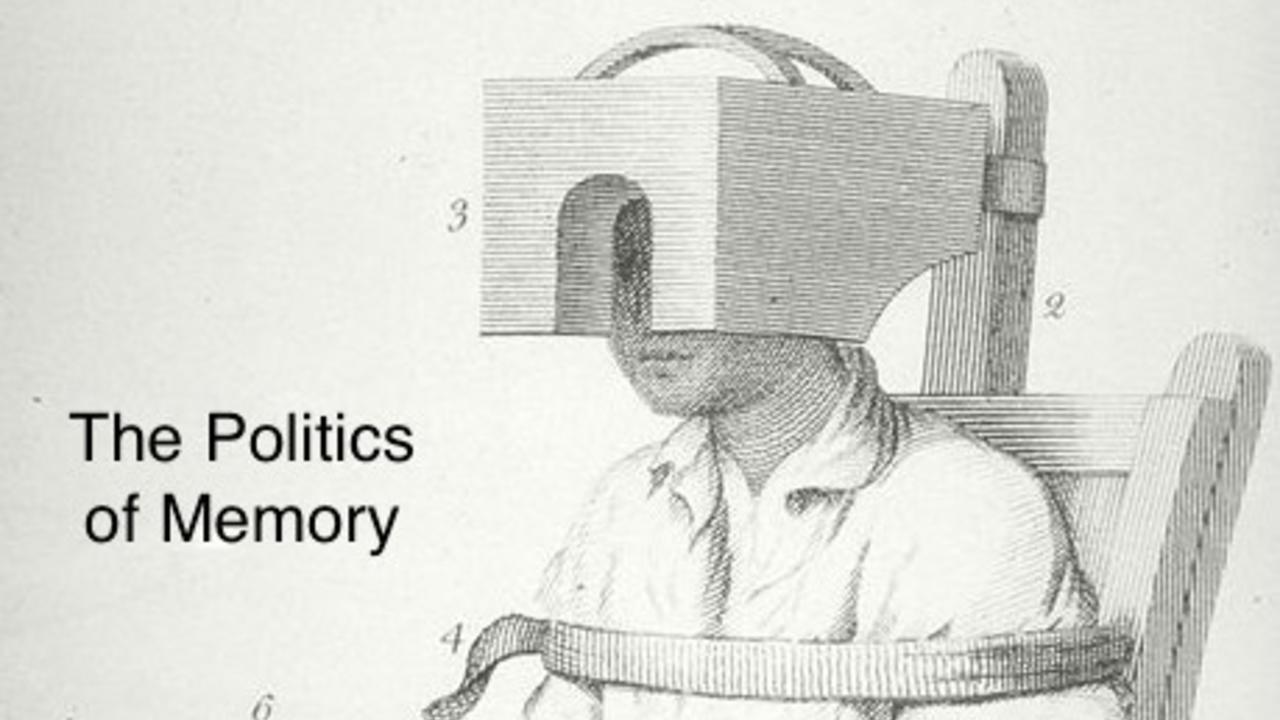The Politics of Memory and Terry Strecker
Mar 06, 2020
I was going through some old files and came across this photo of my friend Terry Strecker. Terry and I collaborated on Inside Outside: Building a Meaningful Life after the Hospital. In addition, he filmed and edited my historical study, The Politics of Memory. In that film, I explore our collective history as mad-people. I love this picture because it shows Terry with his beloved Sony cam.
 Terry died in 2006, way too young. I want to tell you a little story about how we created the film Politics of Memory:
Terry died in 2006, way too young. I want to tell you a little story about how we created the film Politics of Memory:
I photographed the images for Politics of Memory over a 5 year period between 1997 - 2002. At the time, I was focused on our collective recovery as an oppressed people. In my travels, I visited various states to give a talk or training and then would get access to state hospitals and photograph our story in our voice: graffiti, pleas for help stitched onto state hospital sheets or etched into the walls of seclusion rooms, artifacts, and rarely surfaced archival images. I did not have a digital camera at the time (almost no one did). Instead, I used an old Nikon and at first developed the images as 35mm slides.
Over time I organized the slides and put together a script. Over many iterations, I developed the images and script into a keynote address via PowerPoint. Terry was at an Alternatives Conference where I did the keynote address using my images and script. Terry said he wanted to film the presentation. But instead of going to the back of a hall, setting up a tripod and filming from afar, he suggested we meet-up at his place in Troy NY. We would make the film there.
Terry decided to project my images onto a screen. Then he hand-held his Sony cam and filmed each image as he walked closer and further away. He wasn't using the zoom feature. Then he taught me how to do my narration. At first, I was using my lecture voice but he said it was too much for an intimate film experience. He said to speak quietly as if talking 1:1 with a friend.
After we gathered the basic building blocks of the film, he was faced with the formidable job of editing. He did not have a computer nor access to Final Cut Pro. Luckily he had a friend - Rees Shad - who was kind enough to have us up to his place for the editing.
And that's how the film got made with essentially no funding or access to today's ease of digital recording and editing. We were just two passionate mental patients, determined to get the information in the film to our peers.
Today, in honor of Terry, I am releasing the full-length version of The Politics of Memory. Prior to today's release, the film has lived on my YouTube page for many years. However, in that version, I edited the film into five shorter videos.
In addition to the full-length version of the Politics of Memory, I am also releasing the viewer's guide. It has more background information on the project and includes talking points and discussion questions for group presentation of the film.

